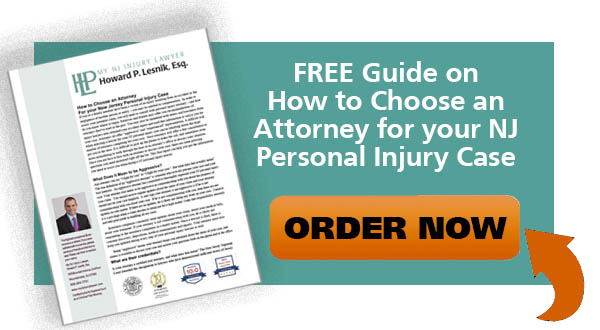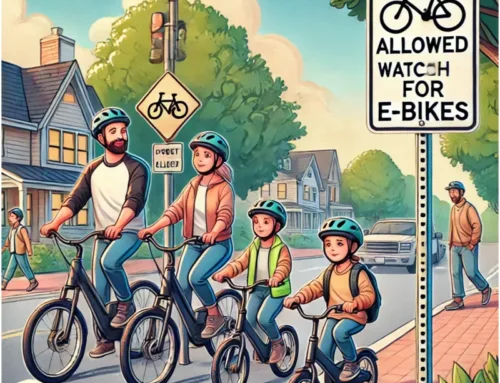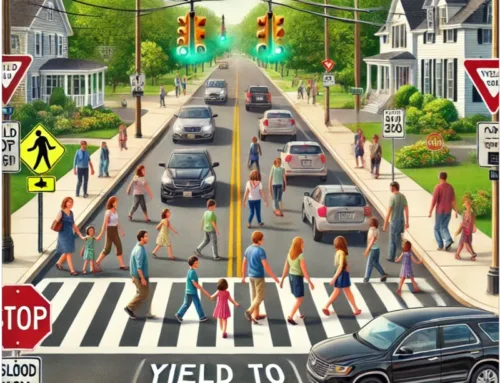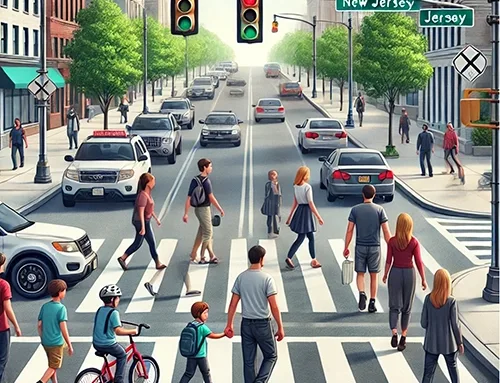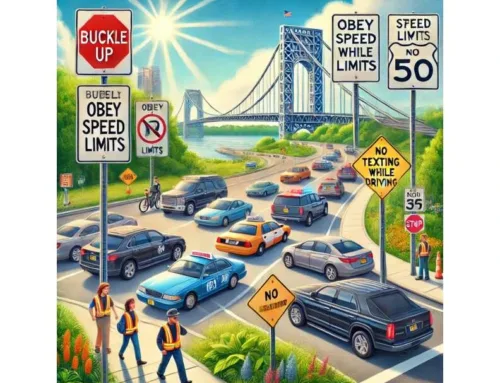Over the past ten years, there has been a nationwide trend of increasing pedestrian deaths in automotive accidents, with pedestrian fatalities increasing by 46 percent from 2010 to 2019. However, the year of the COVID-19 pandemic doubled down on this alarming trend and presented analysts with the Governors Highway Safety Association with the largest single-year spike in pedestrian traffic fatalities on record. Adjusted projections of pedestrian deaths in 2020 by the GHSA show a 4.8 percent increase from 2019. Far from escaping this worrying trend, New Jersey suffered 191 pedestrian fatalities in 2020, based on preliminary data from state highway safety offices. That number represents a 9 percent increase in pedestrian traffic deaths compared to the previous year, almost twice the magnitude of the nationwide spike in fatalities.
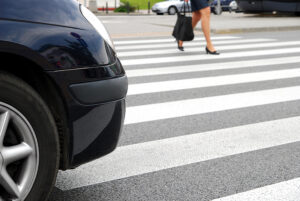 The sharp increase in pedestrian fatality rates would be alarming enough on its own, but those figures only tell part of the story. Because the country was in the grip of the pandemic and resulting lockdowns for most of 2020, the number of miles traveled by American drivers decreased by 13 percent that year. Despite motorists actually spending less time behind the wheel and traveling fewer miles, the pedestrian traffic fatality rate still surged. In 2019, the rate of pedestrian automotive deaths relative to vehicle miles driven was 1.9 deaths per billion miles. For 2020, that rate shot up to 2.3 deaths per billion miles, a spike of 21 percent. The numbers make it clear that during the pandemic, motorists became a much greater threat to pedestrian safety. But why – what was causing such dangerous behavior among American drivers?
The sharp increase in pedestrian fatality rates would be alarming enough on its own, but those figures only tell part of the story. Because the country was in the grip of the pandemic and resulting lockdowns for most of 2020, the number of miles traveled by American drivers decreased by 13 percent that year. Despite motorists actually spending less time behind the wheel and traveling fewer miles, the pedestrian traffic fatality rate still surged. In 2019, the rate of pedestrian automotive deaths relative to vehicle miles driven was 1.9 deaths per billion miles. For 2020, that rate shot up to 2.3 deaths per billion miles, a spike of 21 percent. The numbers make it clear that during the pandemic, motorists became a much greater threat to pedestrian safety. But why – what was causing such dangerous behavior among American drivers?
One factor, it seems, was the perceived “opportunity” to speed. When lockdown orders were in full force and traffic on city streets and highways became sparse, some drivers who already experienced the temptation toward speeding may have viewed the open, semi-abandoned roads ahead of them as a golden opportunity. Coupled with the knowledge that many law enforcement agencies were facing issues of reduced staff and resources, as well as the assumption that traffic stops would be a low priority for police in the midst of the pandemic, chronic speeders may have concluded that they could get away with more audacious displays of risky behavior behind the wheel than normal circumstances would allow. Many states reported dramatic increases in speeding behaviors, according to a GHSA report in June 2020, though perhaps nowhere was the speeding trend more clearly illustrated than in New York City. On March 27th, automated traffic cameras throughout the city issued 24,765 speeding tickets on streets that had been largely emptied by lockdowns, almost doubling the 12,672 tickets issued on a daily basis for speeding a month prior. It seems that, with the streets before them emptying and police forces facing manpower shortages and other priorities, some people simply saw no reason to keep to the speed limit. Unfortunately, the spike in pedestrian deaths shows the dangerous folly of such thinking.
Another factor precipitated by the pandemic may have also been at work in contributing to the dangers faced by pedestrians on the road. Research by Nielsen shows that the early days of the pandemic saw a huge increase in alcohol sales; late March saw a 54 percent increase in sales at storefront locations compared to the same time in 2019, and late April saw an astonishing 500 percent increase in online alcohol purchases relative to the previous year. The pandemic saw large portions of the population socially isolated, put under stress by job loss or job insecurity, and worried for their physical safety and that of their loved ones. Unfortunately, alcohol and other substances have long been one avenue that some people use to try to cope with feelings of stress, depression, and anxiety, and it seems that some people who turned to this coping mechanism were also choosing to get behind the wheel while impaired. A study from the National Highway Traffic Safety Administration (NHTSA) found a significant spike in seriously- or fatally-injured road users who tested positive for one or more active drugs, including alcohol. The study examined data from March to July 2020, revealing alcohol or drug use in 65 percent of those tested, compared to less than 51 percent in the six-month span prior. A follow-up study examining the months of July through September 2020 showed a slight drop, down to 61.6 percent of those tested turning up positive for alcohol or drug use – still a startlingly high percentage compared to pre-pandemic rates.
On the whole, it appears that the COVID-19 pandemic has created fertile ground for bad driver behaviors, including speeding, drunk or impaired driving, and distracted driving (another culprit implicated by GHSA experts) to flourish, exacerbating an already concerning trend both nationwide and here in New Jersey of increasing danger to pedestrians.
Contact MyNJInjuryLawyer
If you or a loved one suffered an injury in an accident in NJ, you should contact an attorney familiar with handling these claims. An experienced NJ Injury Lawyer will know how to obtain medical records, videos, photographs, experts, locate witnesses and contact the insurance company so you can make a claim for your injuries.
My NJ Injury Lawyer Howard P. Lesnik, Esq. offers complimentary strategy sessions to address any issue or questions you may have for your injury claim in NJ.
Please contact NJ Injury Lawyer Howard Lesnik, Esq., immediately if you were involved in an accident. I personally handle NJ personal injury cases on a regular basis. Please contact me now by email, by phoning 908.264.7701, or by completing the form to the right to schedule your complimentary 30-minute strategy session.


